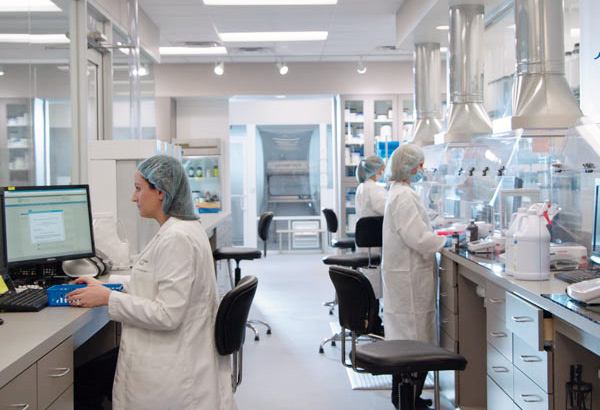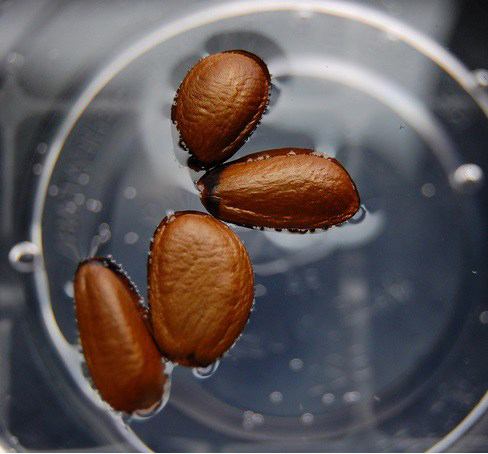Biological fertilizers with effective microorganisms (EM) have started appearing for sale. Many promising advertising claims, everything is beautifully described, but as always, for me, it feels like hitting a stone wall…
Effective microorganisms are intriguing because, theoretically, they help plants absorb nutrients and nitrogen. The phototrophic bacteria and yeast in EM products accelerate the decomposition of organic matter and prevent fungi and pathogenic microorganisms from settling in. For plants unaccustomed to being grown in pots, especially those grown from seeds, this can be a significant issue.
Our soils are not populated with “native” bacteria suitable for Mediterranean plants. Moreover, used greenhouse soils or peat do not inspire confidence. This might be one of the reasons for frequent failures in windowsill gardening. But are the microorganisms in biological fertilizers truly universal? Is there anything “alive” in these bottles and packets? There are far more questions than answers, but let’s try to figure out what effective microorganisms are and what kind of evidence supports their usage.
Effective Microorganisms 100 Years Ago
The creator of genetically modified bacteria for biofertilizers, Teruo Higa (Japan), shared that concentrated compost mixtures had been used for centuries. His grandmother used a recipe like this: forest soil, dried and crushed cow manure, dry fish meal, sugar cane syrup, rice bran, water. This infusion was used to improve crop quality and as a preventive measure against plant diseases.
Which Microorganisms are Considered Effective?
In a commercial sense, effective microorganisms refer to mixtures of the most common types of microbes found in all environments. These typically include:
- Lactic acid bacteria, found on the surface of bacteria, in soil, in sauerkraut, silage, and dairy products. For example, lactobacilli like Lactobacillus casei.
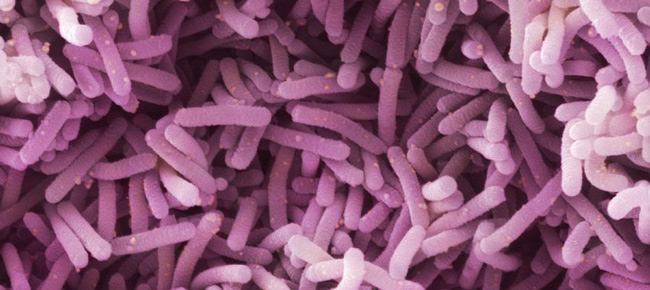
- Phototrophic bacteria, which use sunlight as a source of energy and live in all types of environments.
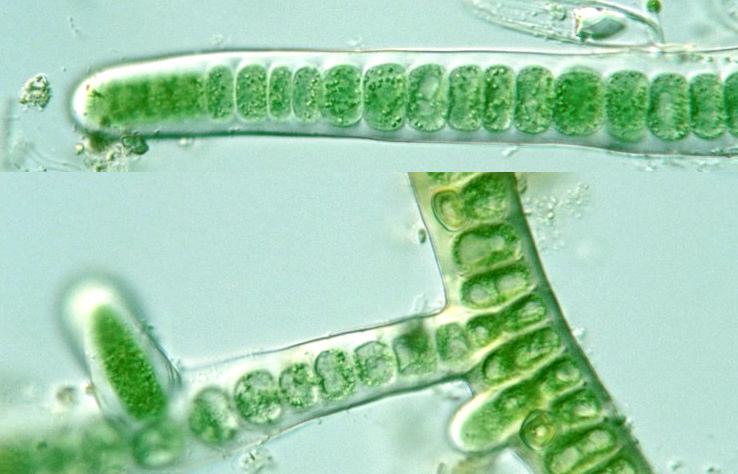
- Yeasts, found on the skin of berries, fruits, crop plants, in soil, and on insects.
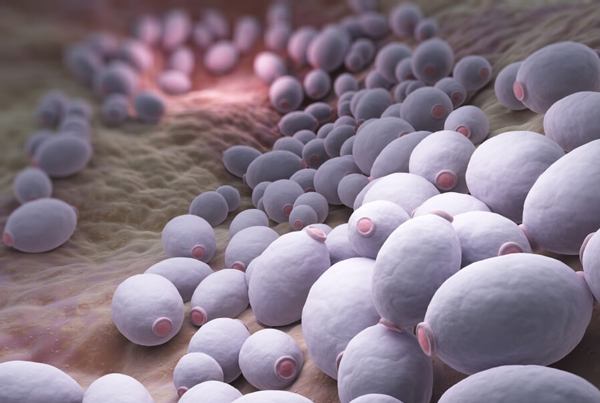
- Other microorganisms thriving in the surrounding environment.
Living biofertilizers are supposed to establish a symbiotic relationship with plant roots. Bacteria and yeasts convert complex organic substances into simple compounds that plants can readily absorb. In theory, effective microorganisms reduce the use of nitrogen and phosphorus by 25%. Manufacturers also claim that production costs of EM are significantly lower than those of mineral fertilizers. I find this hard to agree with, as sterile laboratories and microbiologists should cost more than a factory producing ammonium nitrate…
Scientific Studies on Effective Microorganisms
The hypothesis around EM began to gain traction in the 1980s, achieving huge commercial success (and it remains a successful business to this day). However, in 1994, the creator of effective microorganisms, Teruo Higa, admitted that “controlled studies rarely yield positive results, and the effects of EM are difficult to reproduce.”
Independent studies cast doubt on the concept of effective microorganisms, as most results did not show any impact of EM mixtures on plant diseases, growth, or yields. Here’s a link to one such study.
Extensive experiments on EM were conducted in Zurich between 2003 and 2006. Effective microorganisms showed no impact on yield and soil microbiology. EM cannot improve yield or soil quality in the medium term (over three years) in organic farming. ( 1 , 2 )
A 2010 study , initiated by Germany’s Federal Ministry for the Environment, found that EM offered no advantages over sauerkraut juice.
A meta-analysis of hundreds of articles and studies on effective microorganisms (2013) presents some dry numbers: 70% of published studies demonstrated the effectiveness of EM, while 30% found no effect. It is worth noting that only a few studies were conducted by independent laboratories without support from any specific biofertilizer manufacturer. The positive effects of long-term application of EM from 1993 to 2013 were researched and published at the China Agricultural University.
In a Dutch study, among other things, DNA analysis of soil microflora after the use of effective microorganisms did not detect most of the strains included with the fertilizer. In other words, they simply do not establish themselves. Instead, the study identified bacteria that were already present in the soil before the fertilizer was applied—differences in the microflora were “statistically insignificant.” At the end of the report (you can view it yourself via this link , but I’ll try to translate it as accurately as possible), the experimenters state: “EM should not be used. Farmers and society as a whole should be informed and educated to critically assess information presented in the media. Government assistance may be necessary to inform farmers about the results of this research.”
Production of Effective Microorganisms
There is a wide variety of products based on EM technology, especially in developing countries. However, only a handful of manufacturers bother with independent proof of the effectiveness of their products. Meanwhile, the father of the technology, Teruo Higa, still receives royalties from his patent globally, regardless of the quality of the products. An ideal business model!
Producing high-quality effective microorganisms is an extremely challenging task that requires sterile laboratories, qualified microbiologists, and exceedingly expensive equipment. The process resembles pharmaceutical development. Target bacteria must be cultivated in different media under strictly sterile conditions. The nutrient medium carrier must be sterilized, and the inoculation of EM into the carrier must also be performed under sterile conditions. If even one stage is compromised, the EM product will become contaminated with undesirable microorganisms that also enjoy the nutrient medium as a growth environment. Quality control of non-food products is often quite formal.
In countries with a well-developed agricultural sector, such as Japan, the birthplace of EM, regulatory requirements for the use of microbial products are so high that there are virtually no such products on their markets (only 1-2 registered mixtures, mainly bacteria for water treatment rather than crop enhancement). In countries with less stringent regulations, where toxicological and field testing is not required, many more EM-based products enter the market.
Why Are EM Products Popular?
Despite the evidence countering their benefits and the general disappointment with microbial bioproducts, farmers continue to use them. Why? It’s much like homeopathy (the greatest quackery in the history of medicine)—“It works for me!” There is a solid theoretical foundation regarding the plant microbiome that, in theory, makes it plausible—plants naturally exist in symbiosis with microorganisms, there is a natural selection process among competing microbiomes in nature, and EM products theoretically align with science. However, in practice, adding extra doses to the soil has proven ineffective.
Another compelling reason to believe in the effectiveness of biofertilizers based on EM technology is that farmers who are more meticulous about their crops’ well-being also tend to pay closer attention to the details and are more likely to use multiple fertilization and supplementation methods at once. For such people, everything appears to work. This is known as “cognitive bias” in our perception and deserves a separate article outside the topic of “Window Sill Gardening.”
All of the above primarily applies to field conditions. Acres of crops are not a “spherical horse in a vacuum”; fields have their own ecosystem dependent on hundreds of different factors. Things might be different—or not—when it comes to potted plants. Seed surfaces carry a native microbiome, which begins to reproduce upon entering the soil. If you maintain proper moisture and light conditions, add humus (vermicompost), and apply mineral fertilizers on time, everything will be fine even without Baikal EM1 for $5. Exceptions might include sterile soils, which have been disinfected through heating before planting or transplanting plants. This was discussed in the article Soil Sterilization .
A recipe for homemade EM fertilizer with full details can be found here and here .

